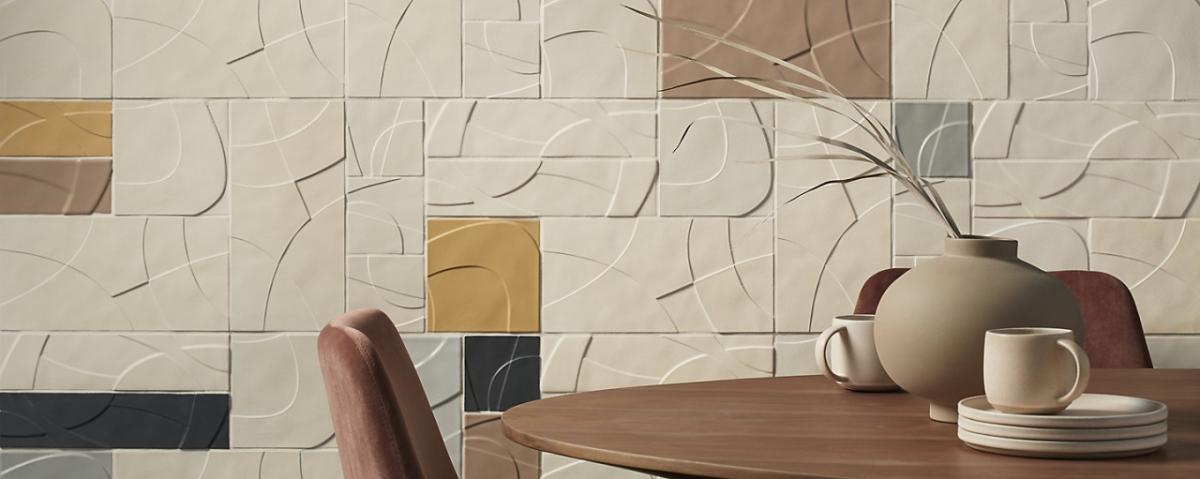Why Design Can (and Must) Save the World.

If there’s one thing the 21st century has made abundantly clear, it’s that policy alone cannot save the natural world and its resources. And perhaps the silver lining here is the dawning of an age of youth-led activism to mandate the need for change, collaborative science and business-led innovation to imagine and create possibility, and design-led inspiration to shift the way we live.
At Kohler, we recognize the enormous responsibility and the thrilling opportunity that our position demands and affords. Our primary job in this new age is to understand the environmental impacts of our work, continually reduce those impacts in alignment with the global community, and most importantly, design products that inspire adoption while allowing others to lessen their environmental footprint. The way we see it, design and our fundamental belief that our best can always be better holds the key to our success.
But why design? At its most basic level, successful design is an elegant solution to an existing question or problem, or to an idea yet to be experienced. As a global corporation with lifestyle brands, we are uniquely attuned to the practicalities and aspirations of how people live—in the world, their homes, and communal spaces—where meaning is made, pain points are revealed, connection is fostered, and opportunity exists. It’s here that for nearly 150 years and through thoughtful design, we have been making our best better: better for the lives we touch, better for our communities, better for our planet, and better for business.
We’re already considering some of the current questions or problems our designs can positively impact today. For example, people worldwide are burnt out mentally and emotionally. Along with architects and designers, Kohler is asking, how do we create spaces that allow people to attend to their wellbeing (body, mind, and soul) safely and meaningfully, while still reducing their greenhouse gas emissions, their water use, and the waste they contribute to landfills? And specifically for us, how do we find a solution that meets our standards of quality and aesthetics while contributing to our sustainability strategy?
The power and beauty of design is that, when done well, it doesn’t assume anything. It looks at each problem statement with new eyes. It taps into the pulse of the moment, but it’s the future that resonates. Design is an answer to the activist’s mandate, the scientist and entrepreneur’s vision, and the individual’s need and hope. At Kohler, design is how we activate our belief in better.

